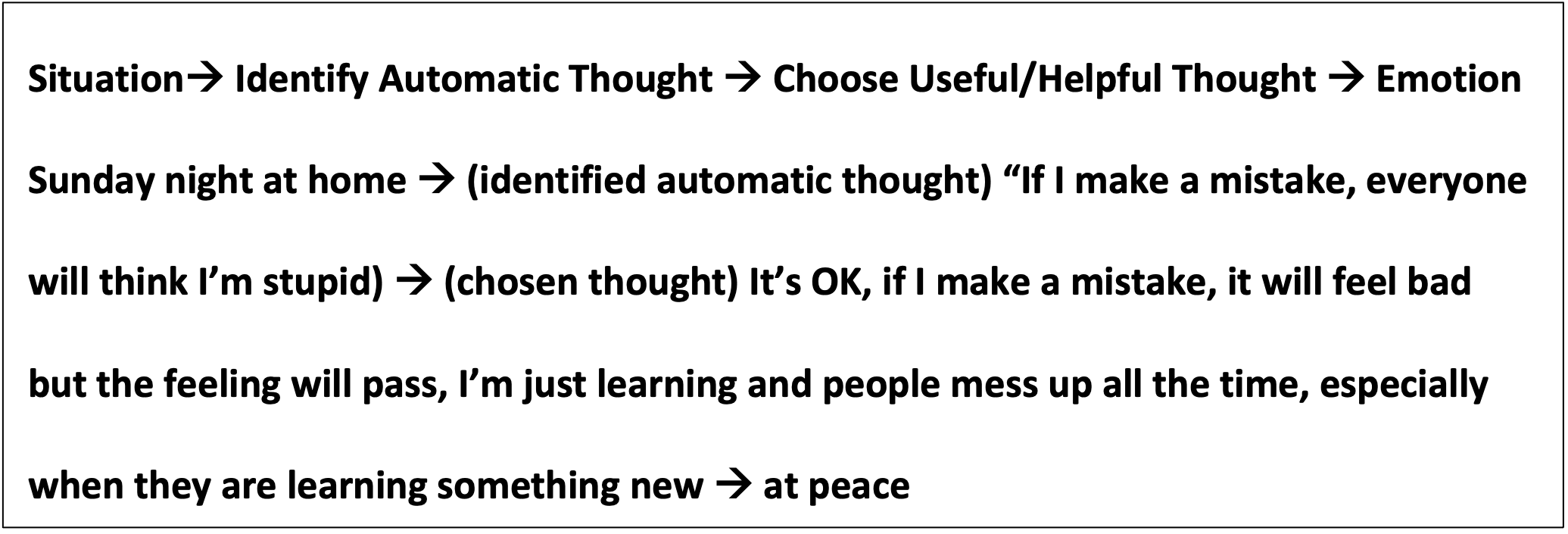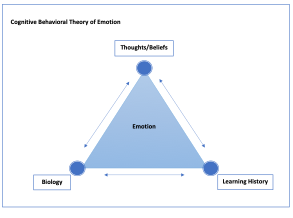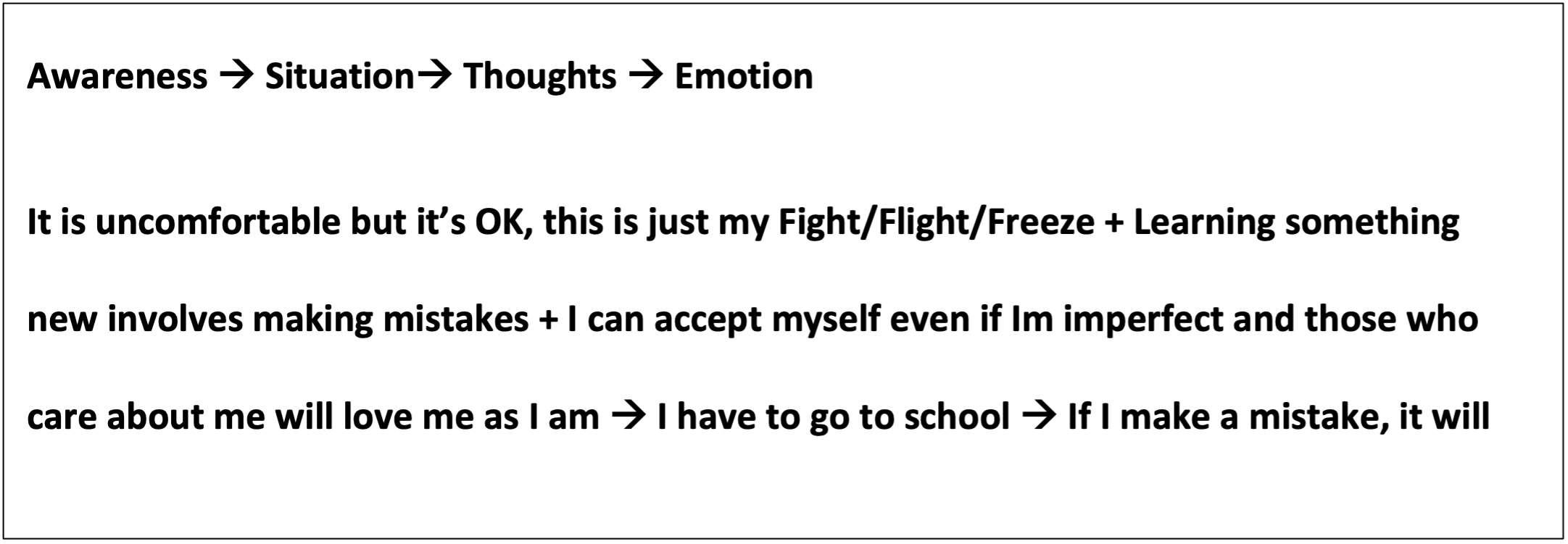As I proposed in my introductory post on “The Resilience Recipe,” there are four essential “ingredients”needed for children to build resilience: having an awareness of and compassion for their emotional and physiological experience, having a mindset of growth and flexibility, practicing the approach of challenges (rather than avoidance), all while having a sense of security that they are loved and supported just as they are by the people they count on. My promise was to provide guidance based on science on how to nurture these skills in our children. So, I’ll start with the first essential skill, and ask a centuries old question: How do we help our children build awareness and compassion for their internal experience?
But First, the Principles:
Before we get started on how to build awareness, I’ll explain why we need to build it. I know I’m asking for a lot of patience, because you just want to know what you need to do for your child, but trust me, from having trained thousands of therapists, becoming expert on the principles will allow you to feel more empowered to use the strategies to support your children than trying to go from a list of “top 10 tips.”
Ancient philosophies and religions have long identified the need to develop awareness as the critical path towards living enlightened, or, living with a sense of peace. Philosophers have argued for thousands of years that humans are capable of more than going through the motions of life reacting to outside forces, and that finding inner peace involved knowing this. Buddhist philosophy, Yogic philosophy, Acceptance and Commitment Therapy (Hayes, Strosahl, & Wilson, 2011), Dialectical Behavioral Therapy (Linehan, 2014), and so many other world philosophies and theories of human personality have all included methods to hone and practice awareness.
For me, Cognitive-Behavioral Theory (or CBT) provides a blueprint that is easy to understand and because it has been shown to be effective in helping children build resilience, I am comfortable adopting its principles to guide the strategies and recommendations I make. It is a theory that combines the key principles of Behaviorism, or Learning Theory, that evolved through the work of such greats as Skinner, Pavlov, Watson, Thorndike and Bandura, together with Cognitive Theory, as penned by and Aaron T. Beck and expanded by others including Ellis and Meichenbaum. I’ll adopt a CBT framework to explain the principles behind helping our children develop all of these essential skills. For this week’s post, I’ll use CBT principles to explain why we must build awareness and compassion in order to build resilience.
Principles of CBT
Our mind and our bodies (yes, eventually we will let go of this distinction) are always working to maintain our health and well-being, judging, responding and adapting. Awareness of these processes gives us tremendous agency over our experience. CBT breaks the processes down into categories – cognitive (thoughts), behavioral (learning, actions), and biological/physiological processes to help us get more clarity on our patterns so we can be aware of what they are, if they are helpful or not helpful, and how they are being strengthened (or weakened) over time.
The “C” Cognitive Theory: Thinking about thinking
Many of us find ourselves in reaction mode – simply going from situation to gut reaction. This creates the sense that we have no control over our inner experience – the world is acting on us, it makes us feel how we feel, and we are just trying to react in whatever way we can to survive.

But from the perspective of cognitive theory, we see that it is actually our thoughts that are creating our emotional experience, or why we feel what we feel. The world is happening around us, we are interpreting it, and that interpretation is bringing about the emotional experience (not to complicate things too soon, but our interpretation of our emotional experience is also creating an emotional experience).

Cognitive theory brings to light an incredibly powerful and key element for understanding human well-being. It highlights that it is our thoughts that create our emotional experience, our “reality,” not our situation, or the outside world. We can have unimaginable wealth, but if focused on a loss, can feel hopeless and deprived. We can be surrounded by friends and family, but if focused on a rejection, can feel alone and unloved.
If we listen instead of react to our thoughts, we get the time and space needed to decide our focus, or choose our interpretation. This is being aware of our thoughts. If we have awareness, we can choose our interpretation; we can disagree with our initial instinct or what we call in CBT our “automatic thought.” This would mean that we also have the power to choose our emotional response as well as our behavioral response. This is our superpower – we can choose our response.

The “B” in CBT: Learned behavior
Why do we do what we do? Behavioral theory suggests that our behaviors, or our actions, are a result of what we learned from the consequences of past and ongoing experiences, or our “learning history.” For example, if you told a lie and it got you out of trouble, from that experience you would have learned that lying is a behavior that can be effective in getting you out of trouble. Learning theory explains how our habits come to be, and why, despite what we ourselves know to be the most logical, or “right” thing to do, our behaviors follow old patterns, and can be so difficult to change.
Key to learning theory is the notion of shaping; that every response is shaped by the consequences of that response. For instance, if you felt good when lots of people “liked” your photo, you may be quicker to post again on social media. Your behavior was shaped, in this case increased, behavioral science would say it was reinforced, as a result of the positive feedback you received. Bottom line: If what you do makes you feel good or feel less distressed, you will be more likely to do it again – even if the behavior is negative.
This also explains why each of us behaves differently, even in the same circumstances. We do not all respond the same way to the same situations because our past consequences, or what we have learned, are different.
Our Biology: Physiological and neurobiological processes
The Cognitive and Behavioral models are then integrated with a third theory – the neurobiological theory of emotion. We have come to know a tremendous amount about our neurobiology and neurobiological processes. For example, we know that our brains are pre-wired to scan, prepare, and act when in danger through what we call our “fight or flight” response. We also have come to know that genetic vulnerabilities or predispositions underly not only our physical characteristics like hair color and height, but also our emotional characteristics like vulnerability to anxiety and/or depression.
The three perspectives combine to form a comprehensive model in which each of these influence the others. Cognitive-behavioral theory purports that we are who we are, and feel what we feel, and do what we do, because of the interplay of: our Thoughts, Learning History, and Biology. That is, our thoughts interpret our past and present, influence our behavioral and physiological response, which create our emotion and vice versa, and in every direction.

Over time, we develop enduring patterns of interpretation of events (our stories) and enduring patterns of reacting physiologically and emotionally (feelings) that produce patterns of behavior (actions) that can be adaptive (working well for us) or maladaptive (not working well for us).
Our response is more dependent on our pre-existing beliefs, biology, and learning history than on the situation itself. Our outcome, or our experience, is as dependent on our approach to the situation as on the situation.
Why Awareness is the Critical First Step
You can see why CBT would consider awareness a necessary skill for building resilience. Awareness of our beliefs, thoughts, stories, our experience of emotions, biology, our habits and patterns of behavior, and of course awareness of where they come from and what drives them, gives us distance from the immediate situation, enough to be able to choose how we want to think and how we would like to respond instead of just reacting from our “gut” or automatic response. Awareness of our physiological processes, knowing that many are automatic, evolutionarily based, reinforced over time, we can be more compassionate with ourselves about our emotional and physiological experience which takes away the fear and guilt surrounding them. This creates enough of an opening to try something different. This awareness gives us the opportunity to put things in perspective, adapt, bounce back – be resilient.

Take it one step further and it gets even better. Awareness of our patterns allows us to plan so we can create the experiences we want, rather than waiting for circumstances to create our experience. Cumulatively creating the life we choose, rather than merely responding to life as it presents itself.
Learn more about the principles of awareness and compassion and become a resilience expert yourself by reading Khanna & Kendall (2021; to be released November 1).The Resilience Recipe: A Parent’s Guide to Raising Kids in the Age of Anxiety. New Harbinger.
This post contains excerpts from Khanna & Kendall (2021; to be released November 1).). The Resilience Recipe: A Parent’s Guide to Raising Kids in the Age of Anxiety. New Harbinger.









